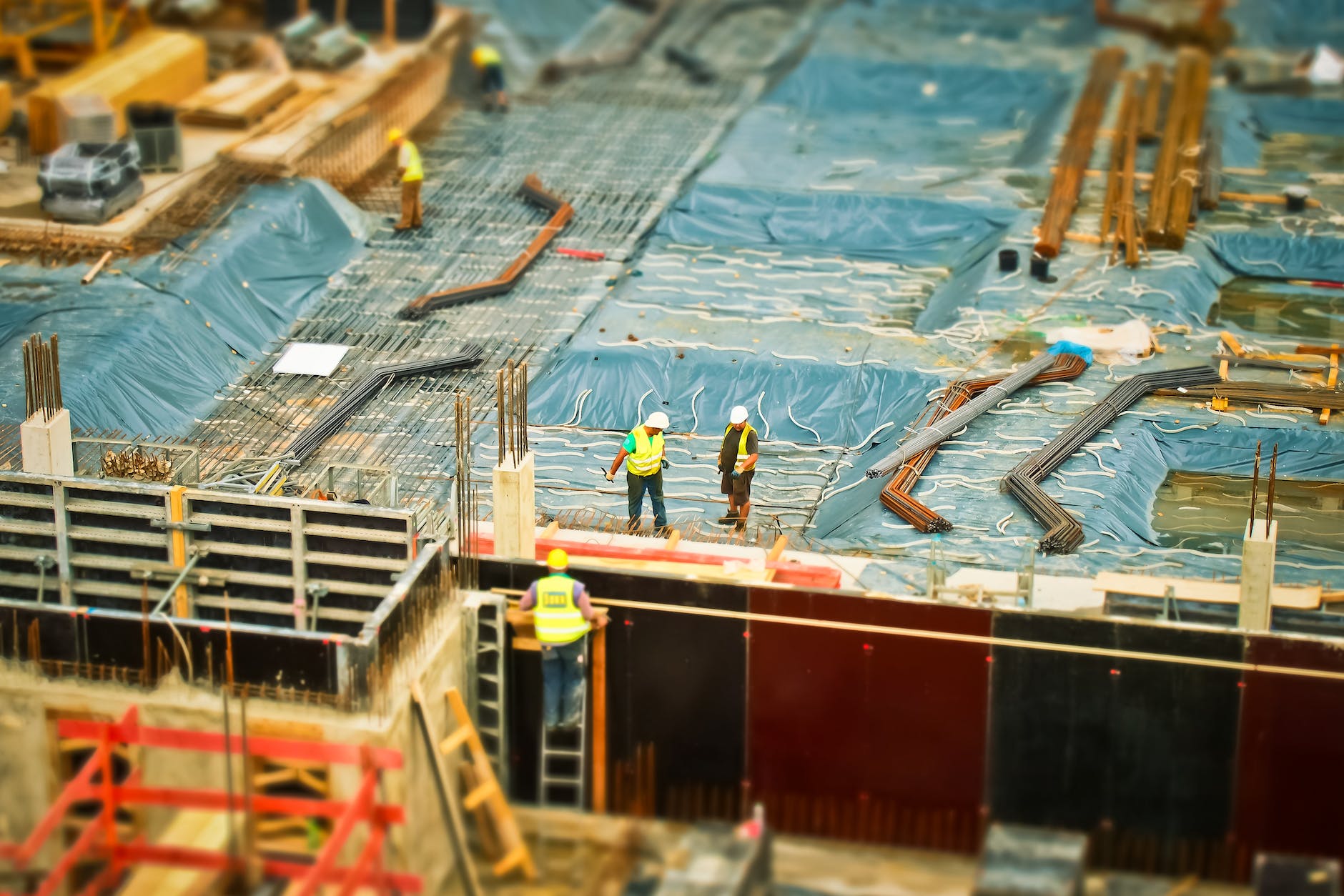
Construction Site Rules and Regulations: Building Safely for Tomorrow
Construction Site Rules and Regulations : Construction sites are bustling hubs of activity, where precision meets progress and safety must be paramount. Understanding and adhering to construction site rules and regulations isn’t just a legal necessity but a fundamental aspect of ensuring the well-being of workers and the success of projects.
In any construction venture, a robust legal framework governs operations. Local laws and regulations, coupled with standards set by bodies like the Occupational Safety and Health Administration (OSHA), form the backbone of construction site rules. These rules encompass a wide array of aspects, ranging from personal protective equipment (PPE) requirements to hazard communication protocols.
Essential Regulations Ensuring Safety
Ensuring safety on construction sites involves multifaceted approaches. Personal protective equipment, encompassing helmets, safety goggles, gloves, and harnesses, is the first line of defense. Site access control measures, limiting entry to authorized personnel, further enhance safety protocols.
Safety Measures and Protocols
To mitigate risks, stringent safety measures are crucial. Fall protection systems, adherence to equipment safety guidelines, and well-defined emergency procedures are indispensable. Such protocols significantly reduce accidents and enhance overall site safety.
Environmental Compliance
Beyond safety, construction sites must comply with environmental regulations. Proper waste management, pollution control measures, and adoption of conservation practices are imperative to minimize ecological footprints.
Training and Compliance
Worker training plays a pivotal role. Well-designed programs ensure awareness and compliance with regulations, thereby fostering a culture of safety.
Challenges and Future Trends
Yet, challenges persist. Balancing the costs of adherence with operational efficiency remains a significant hurdle. However, technological advancements offer solutions. Digital tools for monitoring adherence to regulations have streamlined processes, enhancing safety and efficiency simultaneously.
Construction sites typically have strict rules and regulations in place to ensure safety, efficiency, and compliance with various standards. Here are some common rules and regulations found on construction sites:- Personal Protective Equipment (PPE): All workers must wear appropriate PPE such as hard hats, safety goggles, high-visibility vests, steel-toed boots, gloves, and ear protection as necessary.
- Site Access Control: Access to the construction site should be restricted to authorized personnel only. Visitors or outsiders must check in with site supervisors and adhere to safety protocols.
- Safety Briefings: Before starting work, employees must attend safety briefings to understand the site-specific hazards, emergency procedures, and safety protocols.
- Tool and Equipment Safety: Proper use, maintenance, and storage of tools and equipment are mandatory. Training on how to use machinery and tools safely should be provided.
- Fall Protection: Any work conducted at heights should follow strict fall protection measures, including guardrails, safety nets, or personal fall arrest systems.
- Electrical Safety: Workers should be trained in electrical safety practices. Proper grounding, insulation, and lockout/tagout procedures must be followed when working with electricity.
- Hazardous Materials Handling: Proper handling, storage, and disposal of hazardous materials should adhere to safety regulations and guidelines. Workers must have access to Material Safety Data Sheets (MSDS) for reference.
- Emergency Procedures: Clearly outlined procedures for emergencies such as fires, accidents, or medical incidents should be in place. Evacuation routes, assembly points, and first aid kits must be readily accessible.
- Noise and Dust Control: Measures should be taken to minimize noise pollution and control dust on the construction site to ensure the health and safety of workers and nearby residents.
- Environmental Protection: Construction activities should minimize environmental impact, including proper waste disposal, erosion control, and adherence to environmental regulations.
- Site Housekeeping: Regular cleanup and organization of the site are essential for preventing accidents and maintaining a safe working environment.
- Compliance with Regulations: All construction activities must comply with local, state, and federal regulations regarding safety, building codes, zoning laws, and permits.
These rules and regulations are crucial for maintaining a safe and efficient construction site. They protect workers, visitors, and the surrounding environment while ensuring that the construction project progresses smoothly and in compliance with the law.Conclusion
Construction site rules and regulations are the bedrock of safety and operational efficiency in the industry. Adhering to these guidelines not only safeguards lives but also ensures the successful execution of projects. As the industry evolves, embracing innovation and sustainability will drive the future of construction site regulations.
FAQs
1. Why are construction site regulations essential? Construction site regulations ensure the safety of workers and adherence to legal standards, minimizing accidents and liabilities.
2. How often should construction sites undergo inspections? Regular inspections are advisable, with frequencies varying based on project scale and local regulations.
3. What are the penalties for non-compliance? Penalties can range from fines to project shutdowns, depending on the severity and frequency of violations.
4. Are there technologies specifically designed for ensuring site compliance? Yes, various digital tools and software aid in monitoring and ensuring compliance with construction site regulations.
5. How can construction sites balance efficiency with safety and compliance? Integrating safety measures into operational workflows and leveraging technology for streamlined processes can help achieve this balance.
























